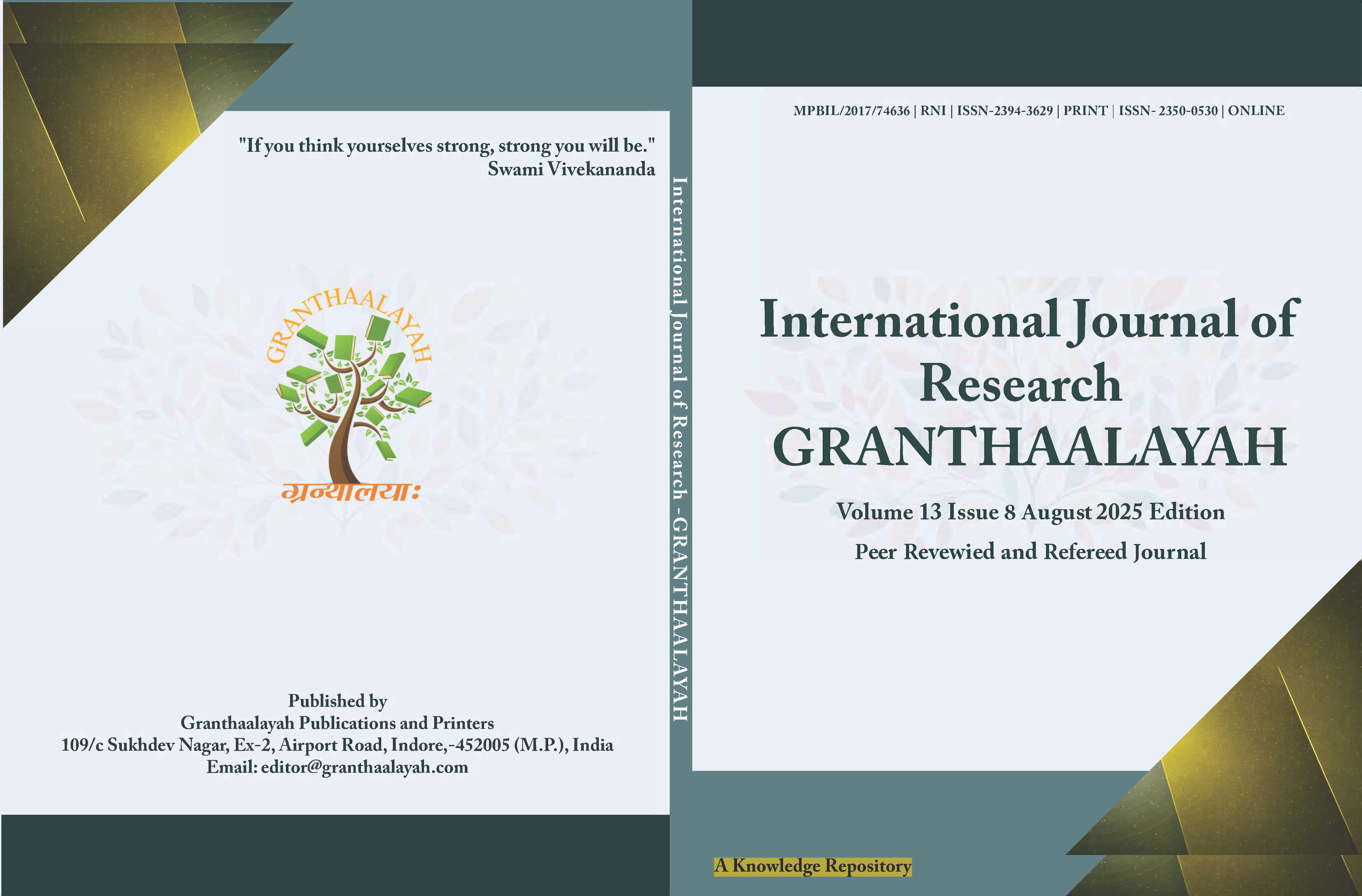A STUDY ON NEO-BANKING IN INDIA: GROWTH, CHALLENGES, AND FUTURE PROSPECTS
DOI:
https://doi.org/10.29121/granthaalayah.v13.i8.2025.6328Keywords:
Neo Bank, India, Fintech, Artificial Intelligence (Ai)Abstract [English]
Offering creative, user-friendly, and technology-driven banking solutions, neobanks—also known as digital-only banks—are transforming the Indian financial system. Unlike conventional banks with actual locations, neobanks run entirely online using cutting-edge technology to provide smooth financial solutions. The rise of neobanks in India, their operating models, major services, and obstacles they encounter in a quickly changing market are discussed in this research paper. It also looks at the future possibilities of neobanks, underlining their capacity to revolutionize the banking scene while tackling regulatory, technological, and competitive obstacles. By means of a thorough review of literature, corporate reports, and market research, this study hopes to present a clear picture of neo banking in India, its effects on the financial sector, and its part in determining the future of banking.
Downloads
References
DPU Business School. (2025). Neo-Banking Challenges and Expansion in Future. Dr. D. Y. Patil B-School. Retrieved from
EPRA Journals. (2025). A Study on the Growth and Emergence of Neo Bank in India. EPRA International Journal of Economic and Business Review. Retrieved from
IJCRT. (2025). Neo banking: The Future of Banking in India. International Journal of Creative Research Thoughts. Retrieved from
IJFMR. (2024). Neobanks in India: Innovation, Challenges and Opportunities in the Banking Industry. International Journal for Multidisciplinary Research. Retrieved from
IOSR Journals. (2025). Neo-Banks in India – Challenges and Expansion in Future. IOSR Journal of Business and Management. Retrieved from
ResearchGate. (2025). A Study on Challenges and Future of Neobanks in India. Retrieved from
Published
How to Cite
Issue
Section
License
Copyright (c) 2025 Raut Nileshkumar Kailashbhai

This work is licensed under a Creative Commons Attribution 4.0 International License.
With the licence CC-BY, authors retain the copyright, allowing anyone to download, reuse, re-print, modify, distribute, and/or copy their contribution. The work must be properly attributed to its author.
It is not necessary to ask for further permission from the author or journal board.
This journal provides immediate open access to its content on the principle that making research freely available to the public supports a greater global exchange of knowledge.






























